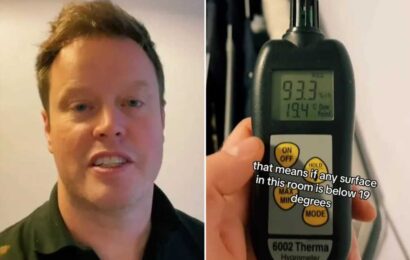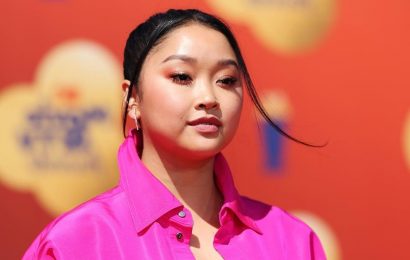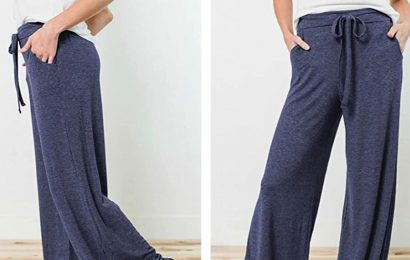TWO popular sun creams failed to meet SPF and UVA tests in a Which? investigation.
Garnier and Nivea are beloved brands for skincare and sun creams.
However two products in their arsenal didn't quite cut the mustard when tested out among other high street sunscreens.
The consumer champion tried 15 branded and own-label sunscreens, including 11 SPF30 adult products and four SPF50 kids sun creams, looking at their SPF and UVA performance.
Most passed, but Garnier’s Ambre Solaire Clear Protect Spray SPF30 (£7) and Nivea’s Kids Protect & Care SPF50+ Spray (£6) both failed at least one key protection test.
This led to them being labelled as Which?'s "Don't Buy" products.
Nivea’s Kids Protect & Care SPF50+ failed Which?’s SPF test, with another on a second sample finding the measured SPF was even lower.
And although it passed the SPF test, Garnier’s Ambre Solaire Clear Protect Spray SPF30 just failed Which?’s UVA tests twice.
Harry Rose, Which? Magazine Editor, said: “Whether you’re finally off on holiday or staying at home this summer, it’s important to stock up on sunscreen to keep your skin protected from harmful rays.
"But our research shows consumers cannot always trust that these essential products will provide the level of protection they expect for themselves and their children.
How to stay safe in the sun:
- The World Health Organisation recommends using 35ml of sunscreen to cover the whole body; this is about seven teaspoons’ worth. It’s best to apply to all exposed areas 15 minutes before going outside, and reapply every two hours, especially after swimming or other outdoor physical activity.
- UVA and UVB are both types of ultraviolet (UV) radiation from the sun and have been linked to skin cancer. UVB is the main cause of sunburn, while UVA can cause premature skin ageing. UVB rays are blocked by glass, but UVA can penetrate that and clouds.
- The sun protection factor (SPF) shows how much protection sunscreen provides against UVB radiation. It indicates how much longer skin covered with the sunscreen takes to redden compared with unprotected skin.
- When buying sunscreen, NHS recommends choosing a product with at least 4-star UVA protection indicated on the label.
- For children, buying an SPF 50+ sun cream is important, but buying a decent sunscreen is only one part of keeping them safe in the sun. Getting kids to wear a wide-brimmed hat – to protect their neck and ears – and covering up with a T-shirt or an SPF sun suit while outdoors helps. Wearing sunglasses and avoiding the hottest part of the day are both advisable things to do. Babies should always be kept out of the sun.
“It is concerning that two sunscreens from respected brands have failed Which?’s tests.
"We would advise consumers not to buy these products as there are alternatives available that are both cheaper and performed better when we tested them.”
A Garnier spokesperson said: "Garnier Ambre Solaire has been an expert at suncare innovation for over 85 years and is the only suncare brand with research recognised by the British Skin Foundation.
"We disagree with Which?’s findings. Having reviewed the results obtained by Which?, we consider their conclusions to be inaccurate and misleading.
"We hold robust evidence, including independent testing, that confirms this product provides an excellent level of UVA protection, significantly above all required standards."
The Sun Online has gone to Nivea for comment.
It comes after we told how a little boy was left needing hospital treatment after his mum claims she used Poundland Factor 50 cream.
On 5 June, Danielle Day and three of her kids were enjoying the sunshine in the garden of their Essex home.
Throughout the afternoon, Danielle claims Reuben was in and out of the house and she insists she applied the sun cream several times.
But by Sunday, Danielle said Reuben's skin was so red that it almost looked purple – and 111 told her to slather him in aloe vera gel.
Source: Read Full Article










